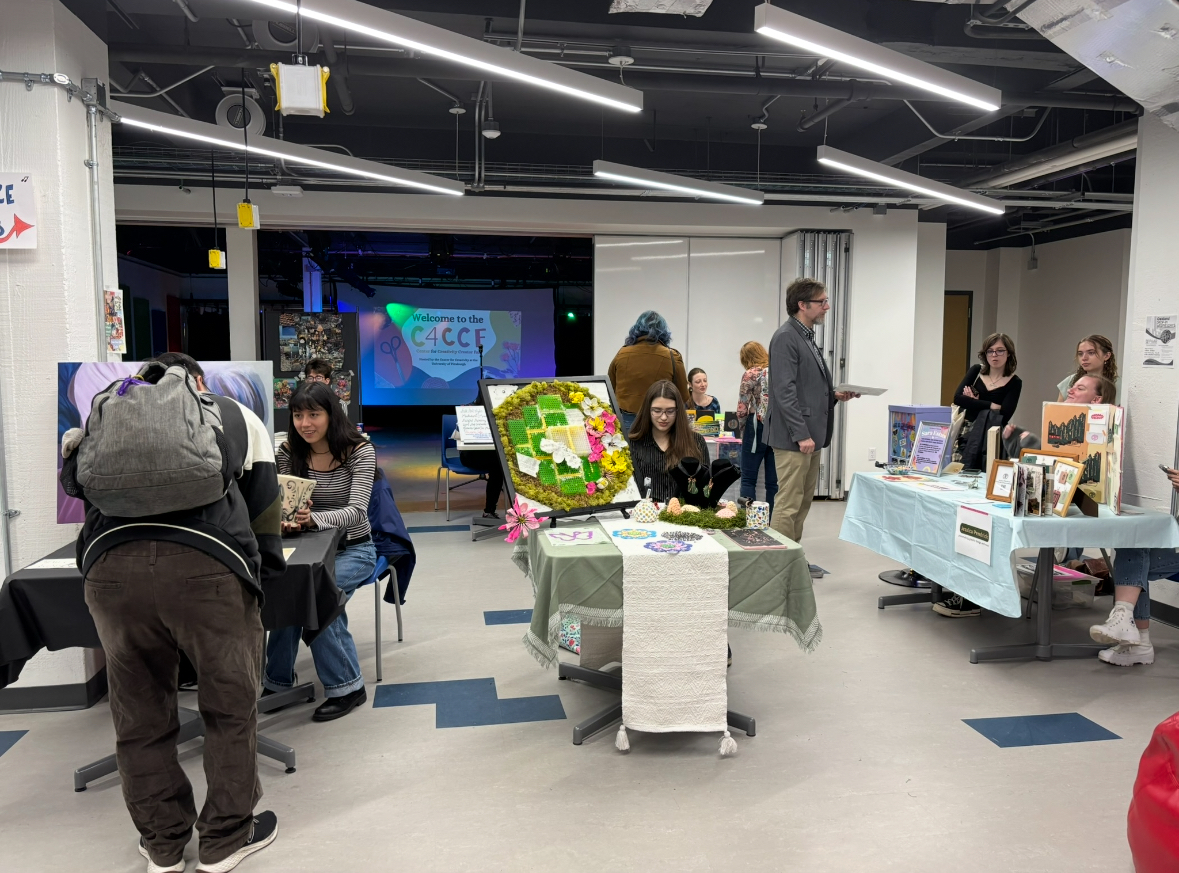Songs commemorate Foster
January 14, 2004
“Camptown ladies sing this song. Doo-dah! Doo-dah!”
The audience sang out loudly as the… “Camptown ladies sing this song. Doo-dah! Doo-dah!”
The audience sang out loudly as the Stephen C. Foster Memorial Service turned into a group sing-a-long Tuesday afternoon.
Seemingly enjoying themselves as much as the children who performed before them on stage, the audience of mostly older adults were brought back to their childhood as they sang Foster’s classic American tunes.
Foster, whom many consider the first great American songwriter and a Pittsburgh area native, had his life commemorated Tuesday, which marked the 140th anniversary of his death. The celebration started at the Allegheny Cemetery and then continued at Pitt’s Stephen Foster Memorial.
“He was a pioneer,” Deane L. Root said of Foster at the ceremony. “It’s a wonderful legacy we celebrate today.”
Students from Mt. Lebanon’s Stephen Collins Foster School and local jazz musician Joe Negri performed several of Foster’s songs at the event.
Foster wrote such classics as “Camptown Races,” “Oh! Susanna” and “Jeanie with the Light Brown Hair,” during his rather short career. Though he wrote his first song when he was just 20 years old, he died at age 37 with just a few cents in his pocket.
Foster was born on July 4, 1826 in Lawrenceville, Pa., and died Jan. 13, 1864.
Foster’s link to Pitt began near the turn of the 20th century when the Tuesday Musical Club was founded. This group of Pittsburgh women, who performed and listened to classical music together, wanted to create a permanent place for themselves and their collections. So the club’s president approached then Pitt Chancellor John Gabbart Bowman about creating a memorial in Foster’s honor.
Bowman agreed to have the Memorial built as a part of his three-prong approach to the new Oakland campus. The three central buildings on the campus would be the Cathedral of Learning symbolizing intellect; Heinz Chapel symbolizing the spirit and drive behind the students; and Foster’s Memorial, which would reflect creativity.
The club agreed to raise the necessary $500,000 – which would equate to $17 million today – to build the Memorial. And on the 71st anniversary of his death, Jan. 13, 1935, the groundbreaking the building designed by Charles Klauder began.
Today the building houses the Charity Randall Theater along with a museum commemorating Foster’s life and work. In the museum, visitors can see instruments Foster used and reproductions of the lyrics of many of his songs.
According to Yvonne Hudson, the theater went through various restorations last year that cost about $2 million.


